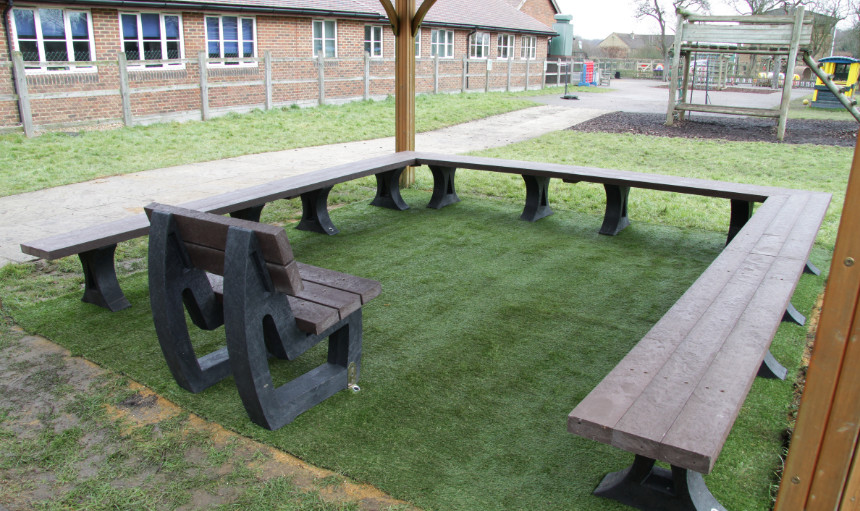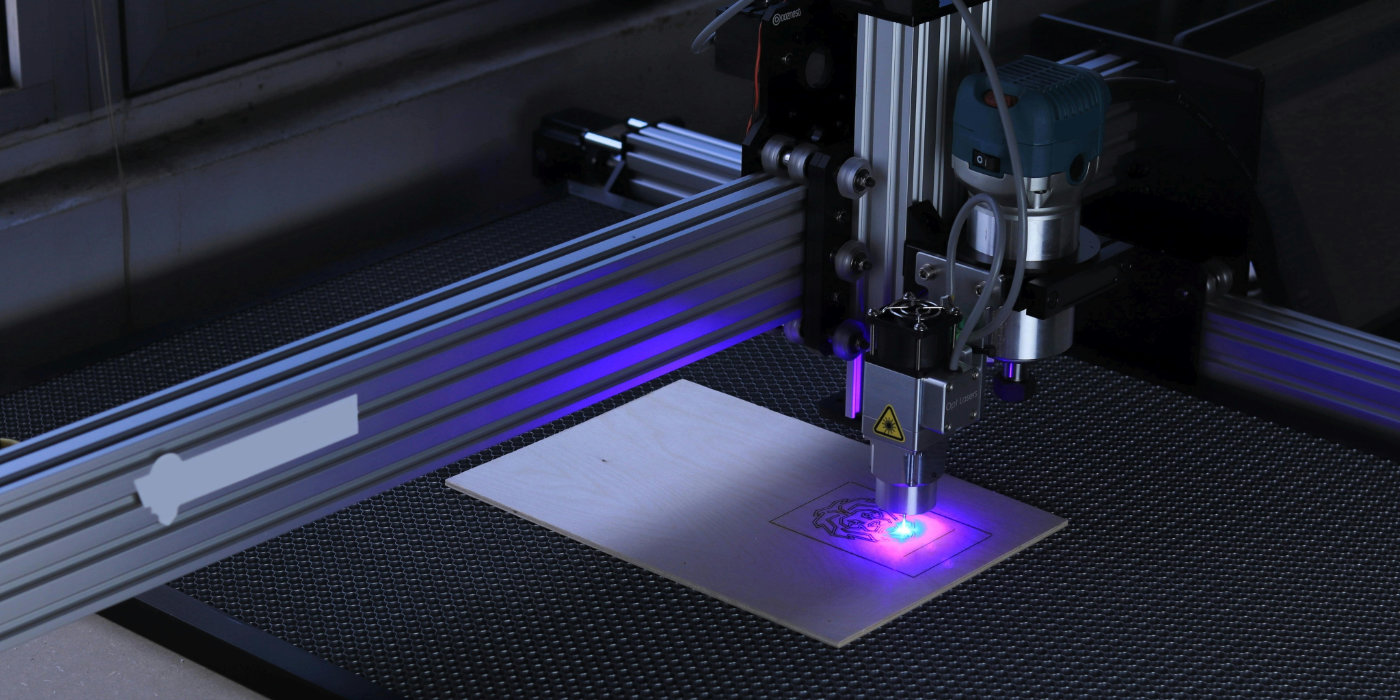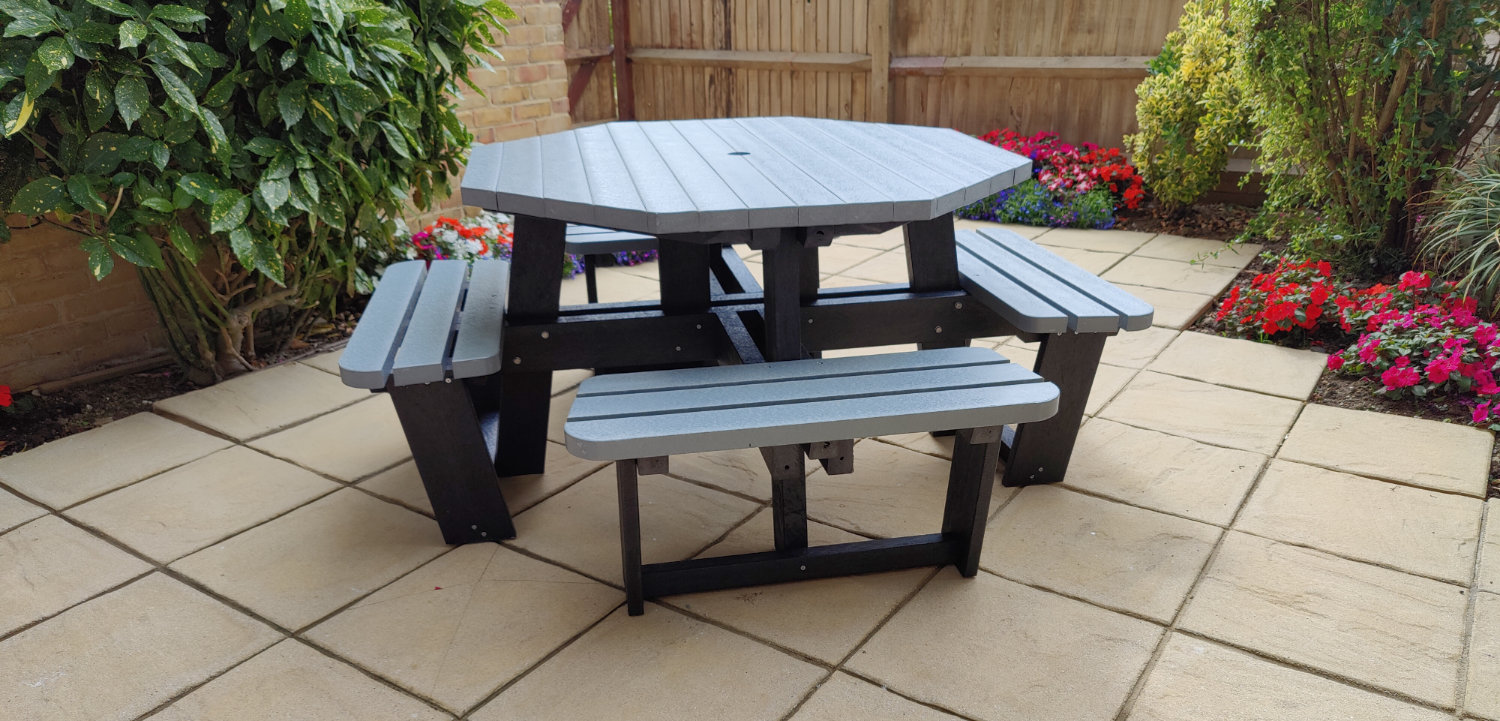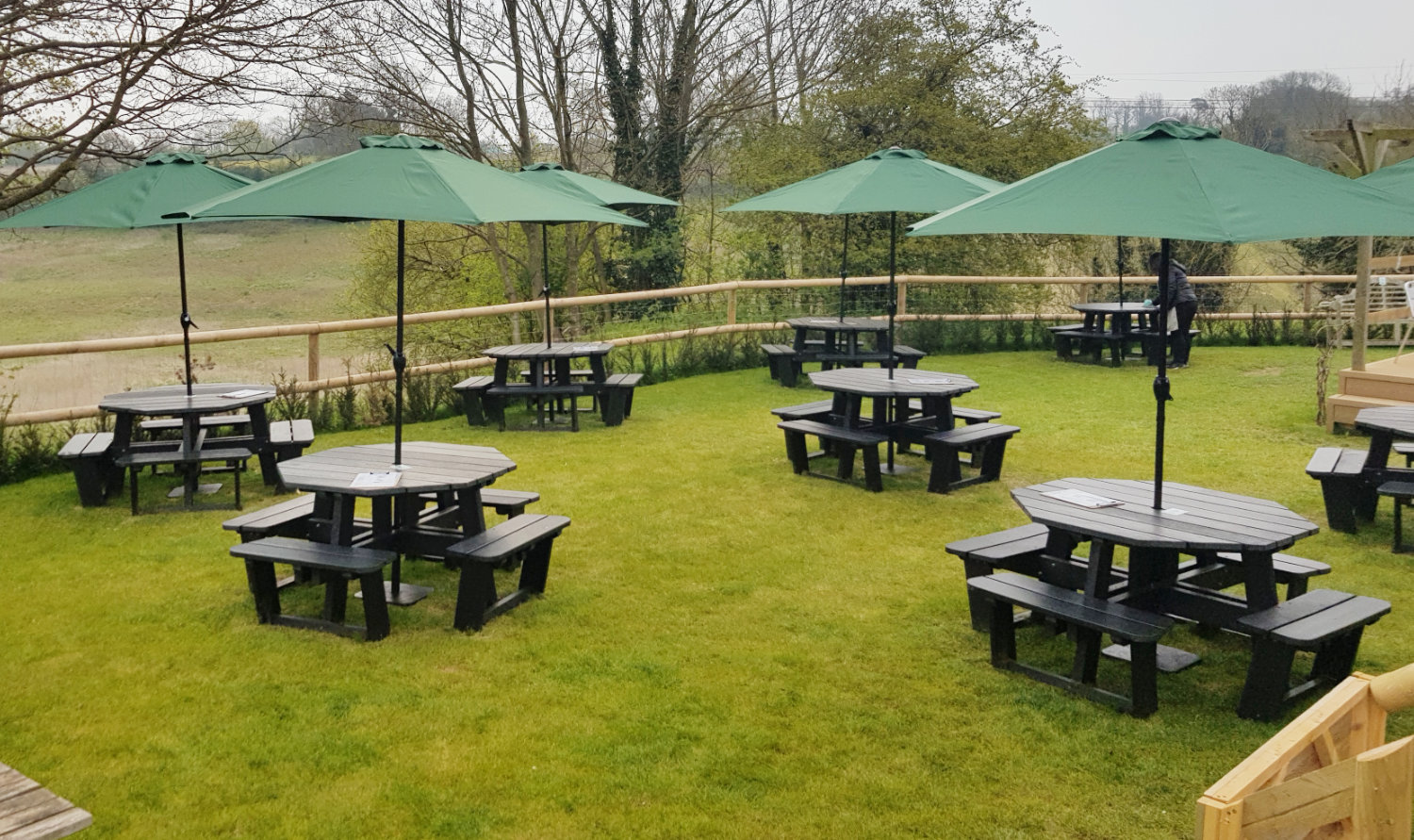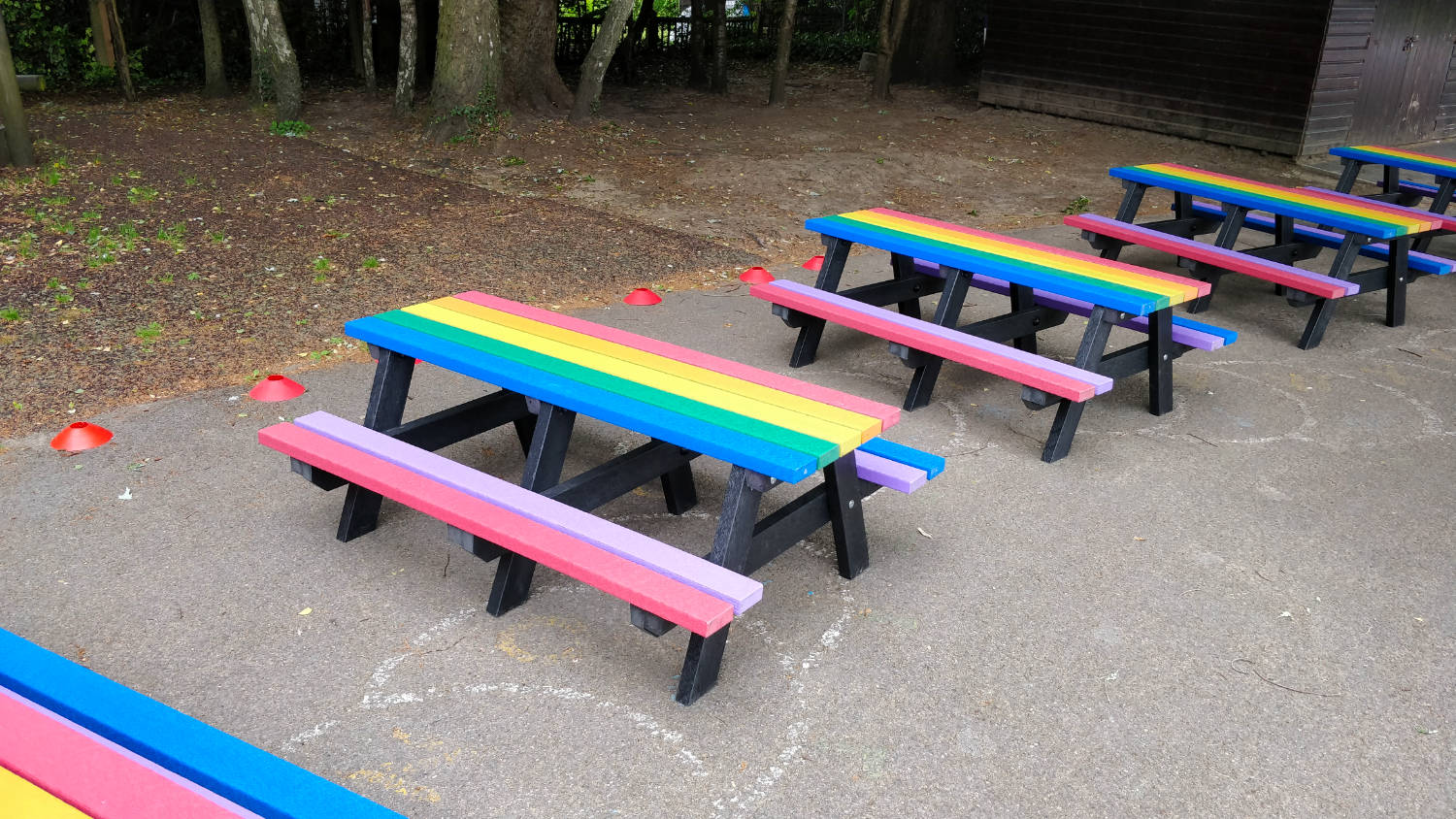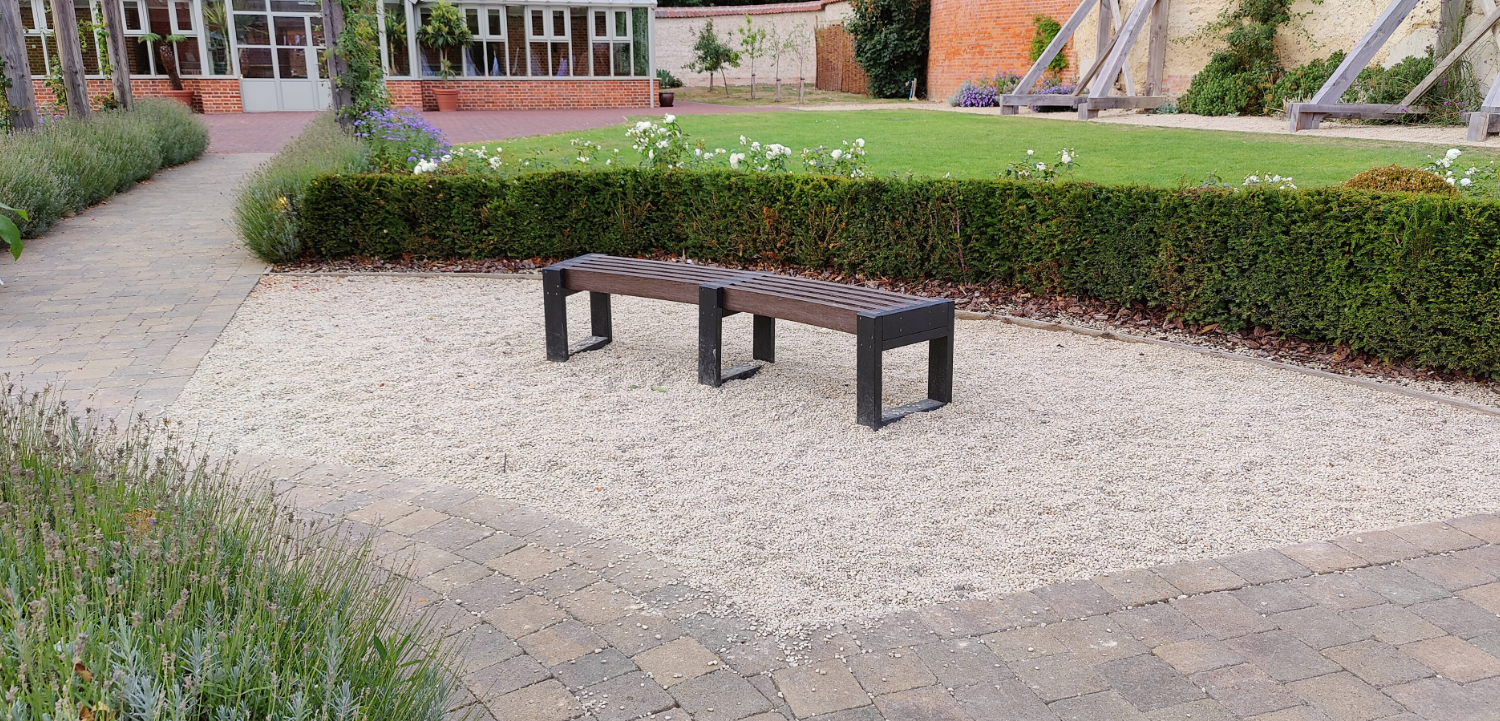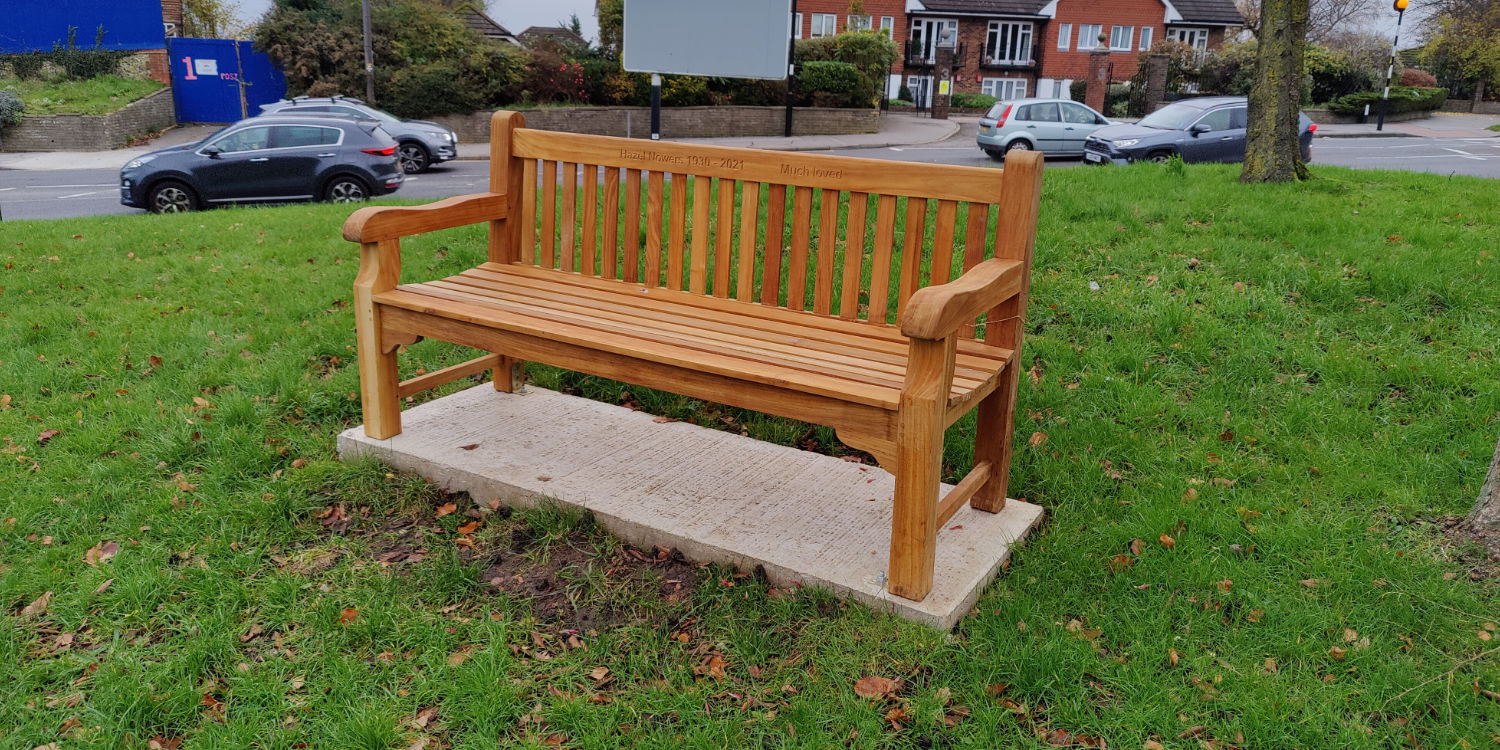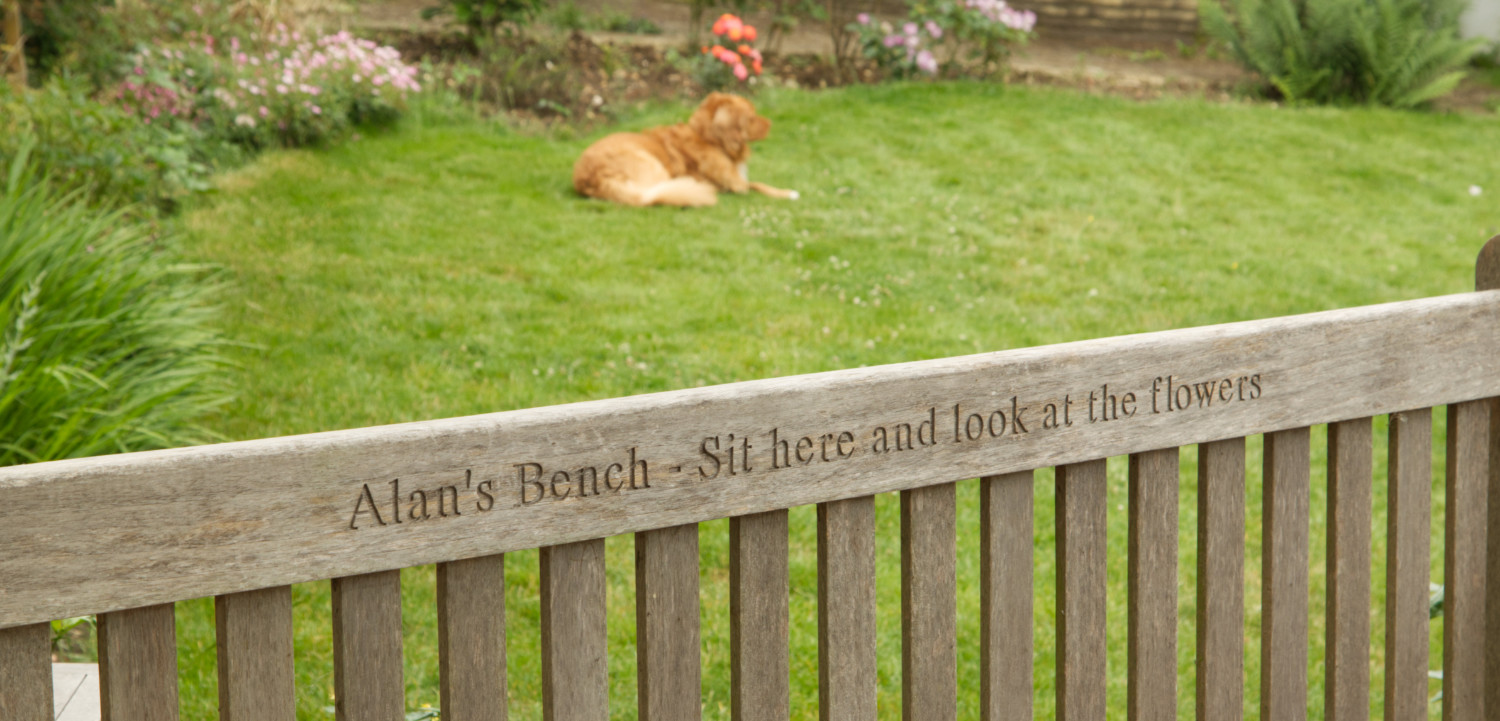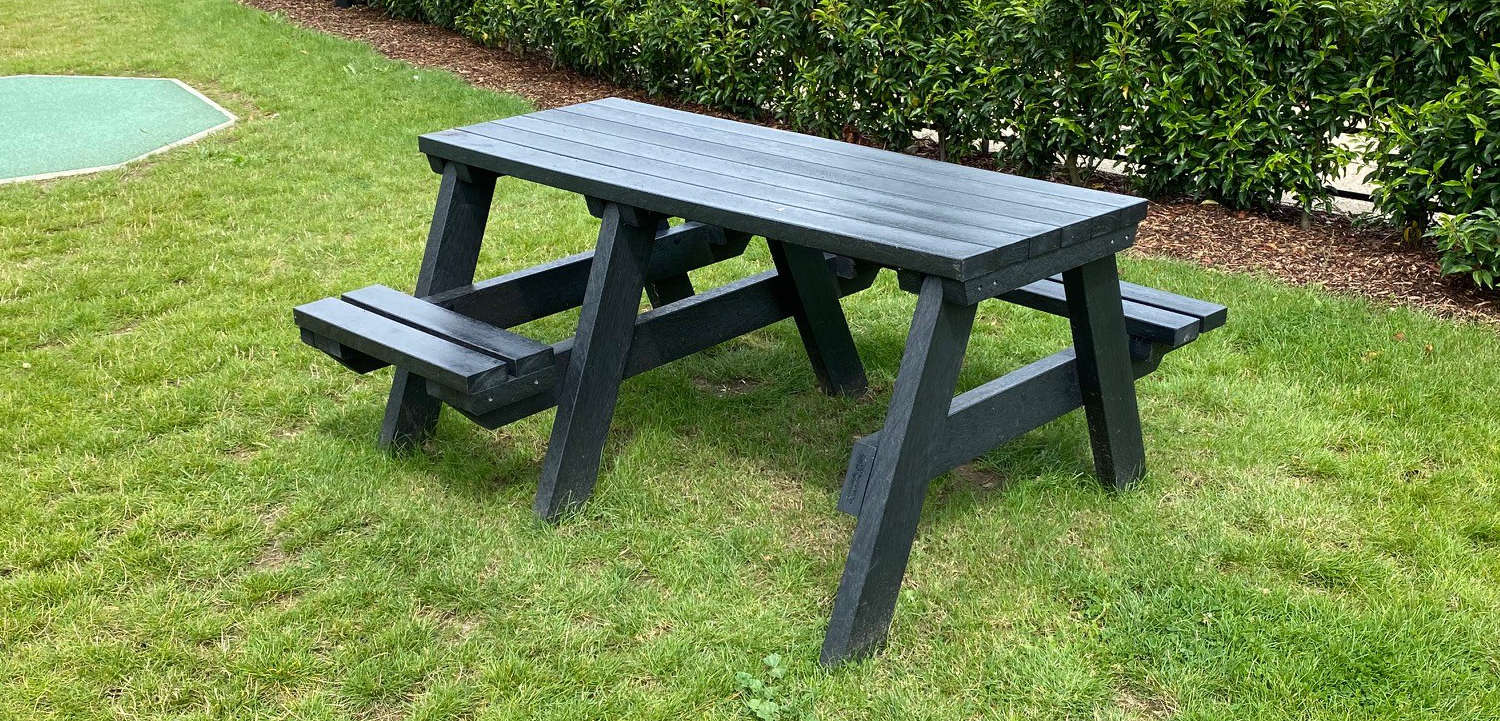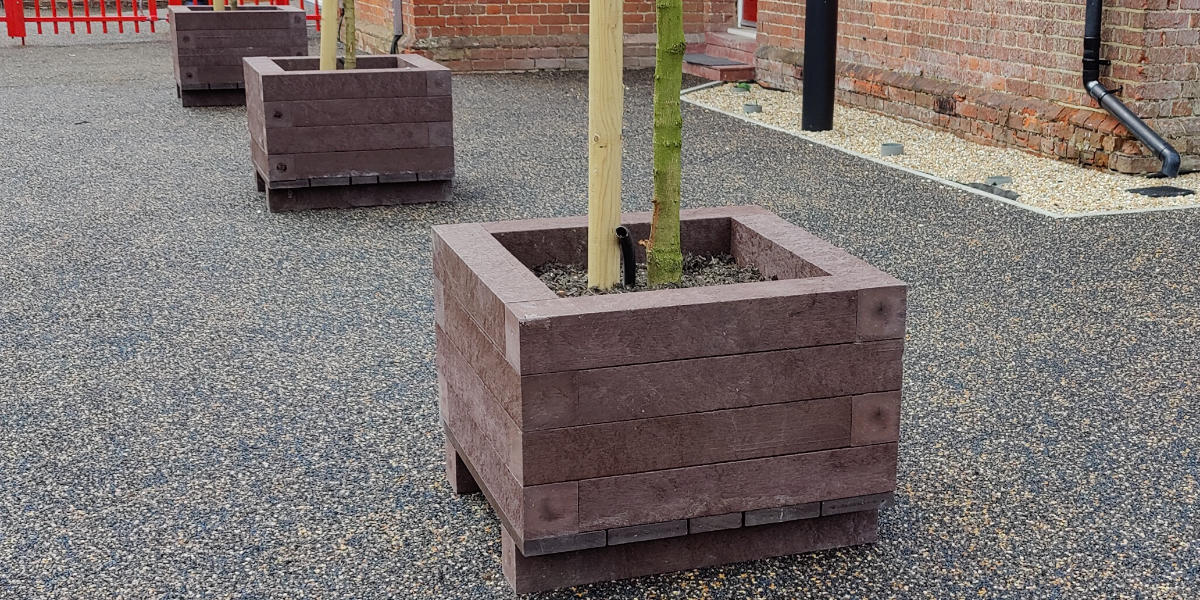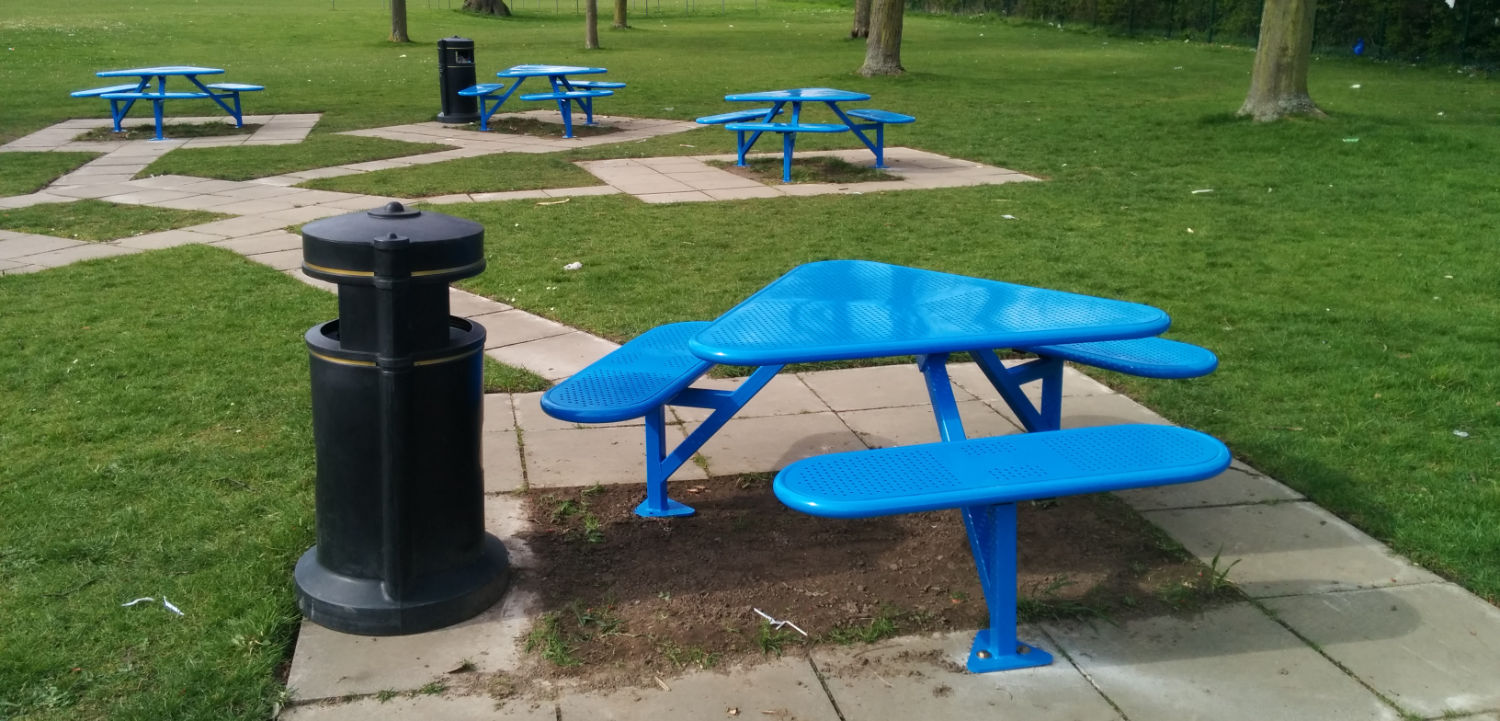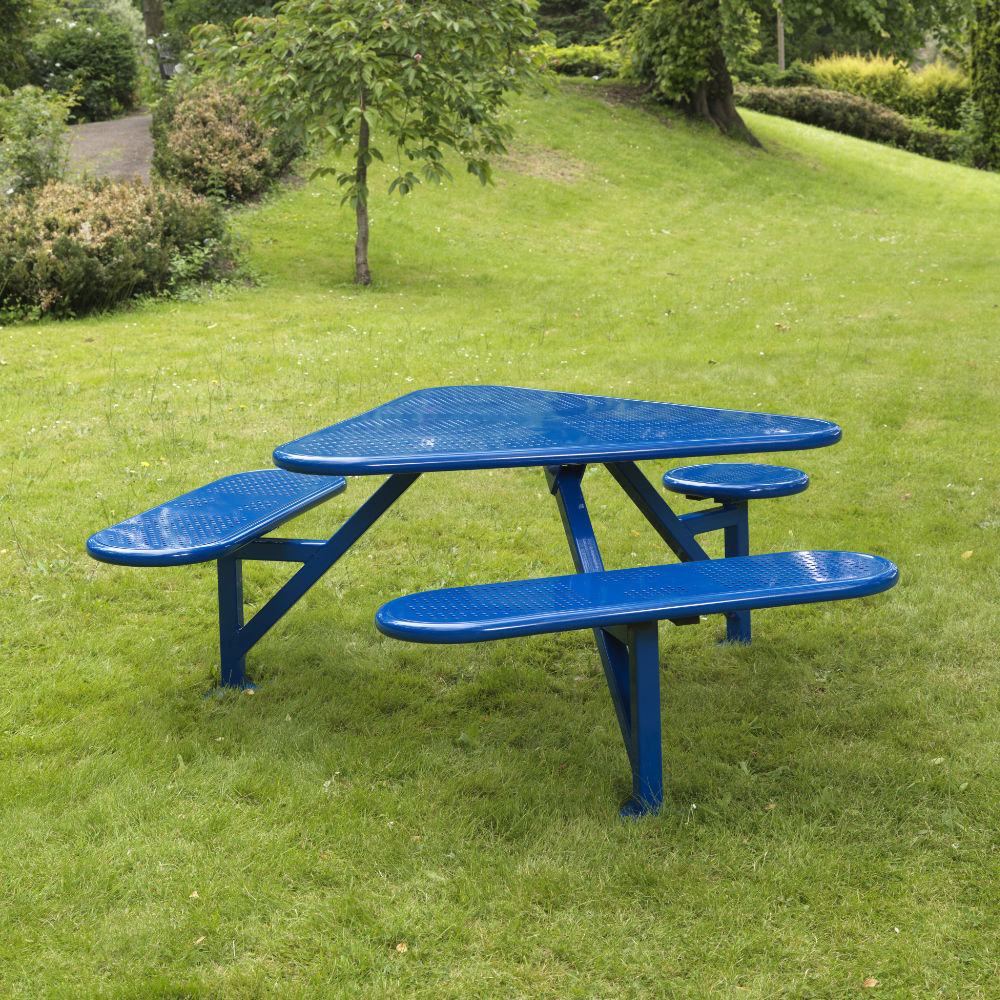All children have a right to play. So, if you’re designing a playground or play space in a park, you must consider every child’s needs. That’s where inclusive playground design comes in. The fact is, it’s never been easier to create a park or playground for disabled children or those with sensory issues. So let’s take a look at how you can create accessible playgrounds and park play areas every child can enjoy and learn from.
What Is an Accessible and Inclusive Playground?
At its most basic, accessibility is all about ensuring everyone can participate. It’s about creating a playground or park welcoming to everyone and with activities and resting spaces that children with and without disabilities can use.
Creating wheelchair-accessible parks and inclusive playground design isn’t simply about adding some wheelchair-friendly pathways. It’s about ensuring every child who enters your accessible playground can have dignity, a sense of self-reliance, and that all-important active participation with their peers.
Accessible playgrounds inspire all to play together. They engage everyone and encourage interaction with others, no matter how different.
We all understand play is vital at all ages, but with children, playing is more than just a way to stay active. Play is how we learn, socialise, and make friends. Play is how we develop as people and is a vital part of well-being. When you exclude children from playing, you can cause long-term negative effects.
So it’s more important than ever to create wheelchair-accessible playgrounds and parks with features designed to appeal to and excite all ages and abilities.
So what needs to be included in a more accessible playground or park?
Multi-Sensory Elements
Multi-sensory play is a great way to help children with special needs and can be used to help children with autism and sensory processing disorders. In fact, having a multi-sensory play space is great for all children and their development. So when you’re thinking about what to include in your inclusive playground design, remember to look for equipment that stimulates one or more of the following:
- Auditory — Equipment that makes sounds or lets children create their own
sounds. Examples like talking tubes can be great fun, but they also help the brain to better intercept and translate audio stimuli. - Physicality — Just because a child is in a wheelchair doesn’t mean they don’t want to play physically. From wheelchair-friendly roundabouts to low climbing walls, there are lots of options for accessible playgrounds.
- Touch — Tactile elements can be great for children, so always think about sand play and standing play panels.
- Balance — The vestibular system is a fancy way of explaining balance. Think about wheelchair-accessible swings, as well as balancing activities.
- Visual — Of course, we all know about visual stimuli and you have many options for this — from multi-coloured children’s picnic tables to telescopes and colour panels in bright colours.
So when designing a more accessible playground or park, don’t get trapped into believing you’re only designing a playground for disabled children; every child will benefit from the multi-sensory wonderland you design.
Accessibility
Above all, an inclusive playground needs to be accessible to all. There’s little point in creating an incredible playground if some children can’t access it or don’t feel comfortable while there. So bear in mind the following:
- Surface materials need to meet safety standards and regulations.
- There should be wheelchair-friendly pathways both into the park and within it.
Paths need to be wide enough for wheelchairs and strollers but also have enough space for children to pass each other, for children who don’t like contact. - Pathways to different areas within the playground or park should include a smooth transition from one surface to another.
Also, consider the need for wheelchair-accessible benches, and bear in mind those children with non-visible disabilities.
Play for All
When choosing play equipment, it’s a good idea to group similar challenges together. For example, put balance equipment in the same space so that even if a child can’t play on every piece of equipment, they can still feel included when playing in the same area.
Don’t forget to consider age groups. It’s not much use creating inclusive and wheelchair-accessible parks with teens in mind if younger children are just as likely to use the play area.
This extends to elements such as wheelchair-accessible picnic tables . These are available in different sizes for different age groups. Of course, not every child will want to play on every piece of play equipment or sit at every bench. They should have a range of choices, so they don’t feel limited.
Time-Out Spaces
Inclusive playground design isn’t just about wheelchair users. You also need to think about quiet spaces for those with sensory impairments or who struggle to cope when overstimulated. Something as simple as a quiet space or wheelchair-friendly picnic tables away from the excitement of the play equipment can make many children feel a lot safer, more accepted, and open to the experience of simply playing when they feel up to it.
Ensure that secluded areas where children can take a breath and recover from sensory overload are within adult sightlines. Open-plan playhouses are a great option for this, as they can make children feel safe and secluded when they need to be while keeping them in view at all times.
Different Kinds of Play
An inclusive playground should always encourage different types of play. That doesn’t just mean they need to be multi-sensory; it means that different kinds of children prefer to play in different ways. For example, children of any ability may prefer (or be in the mood for):
- Solo play — Equipment that can only be used by one child at a time can encourage children to explore the world and themselves in solitude.
- Spectator play — Many children will feel just as involved as long as they can simply watch or talk with other children who are playing. Providing onlooker
spaces within the playground may also encourage shy children to join in when they feel more comfortable doing so. - Simultaneous play — Swings are a great example of simultaneous (or parallel) play, where the child can engage with what they’re doing on their own terms while watching and listening to others next to them.
Tips for Designing an Accessible Park or Playground
Designing a playground or park with inclusion in mind means thinking about what to include and how the overall accessibility will work. While there are no strict guidelines on how to do this, here are some tips that might help you design the perfect wheelchair-accessible parks and playgrounds.
- Preparation — Get your community involved in the planning process. The goal is to create a playground that suits the needs of your community. So get local input on decisions such as the location and the kinds of equipment needed. Be sure to get some insights into the specific needs of the local children.
- Designing layout — Once you decide on the site, start planning the layout. Think about the perimeter, what equipment will take up space, and where to place wheelchair-accessible picnic tables and park benches . Define different play zones, soften the edges of those zones with plants, and remember to consider adding shaded areas.
- Consider the kinds of play — Ensure a full range of different play equipment, covering as many senses as possible, while remembering to include quiet spaces. The more types of play you can include in your inclusive playground, the better.
- Accessibility — Make sure children and adults of all abilities can easily access the park or playground and have easy travel within it. Think about surfacing, route width, and transitions between different play areas.
- Supportive features — It’s easy to get lost thinking about the brilliant equipment you can provide for the children, but don’t forget the practical elements. Think about whether you need to add amenities such as toilets, litter and dog waste bins , and seating for both children and adults alike. You may also want to consider water taps for those with assistance or service animals.
Creating Accessible Parks and Playgrounds Has Never Been Easier
Today’s playgrounds can be very different from those of the 80s, 90s, and 2000s. Gone are the rusty swings and death-trap roundabouts on concrete. Instead, we have safer and far more inclusive playgrounds that every child can enjoy. If you’re planning the design of a more inclusive playground or park play area, we hope the above advice helps. If you have questions about our wheelchair-accessible picnic tables or wheelchair-accessible benches for disabled children and those with special needs in your playground, get in touch today . We can help ensure you create wheelchair-accessible parks, accessible playgrounds and inclusive play areas that every child can enjoy and learn from.
If you enjoyed reading this, then please explore our other articles below:
